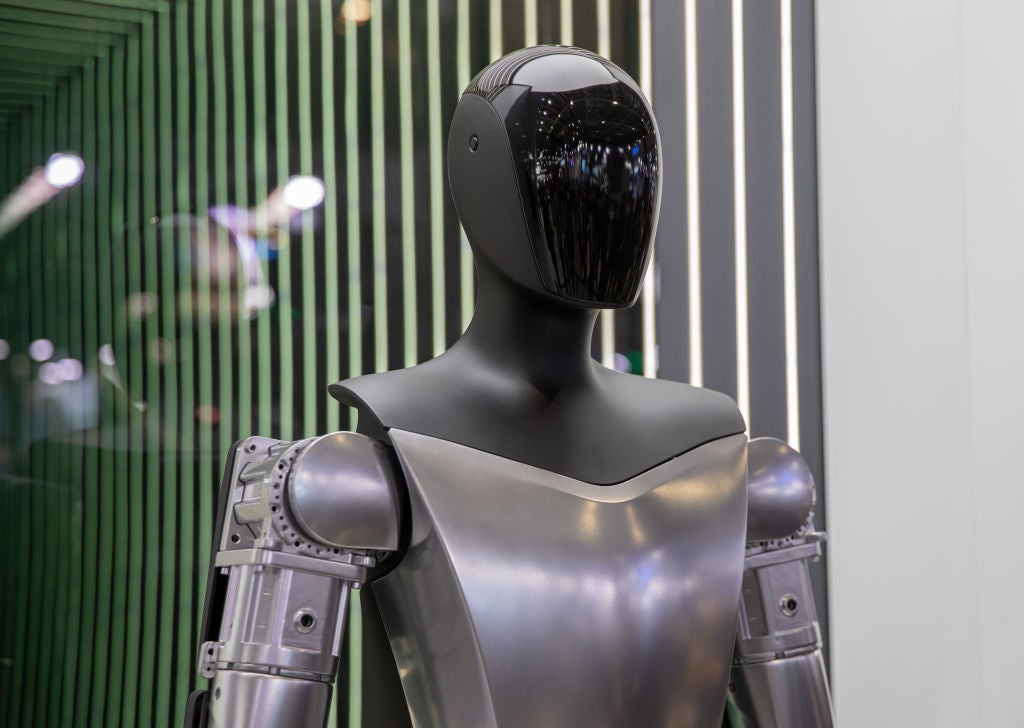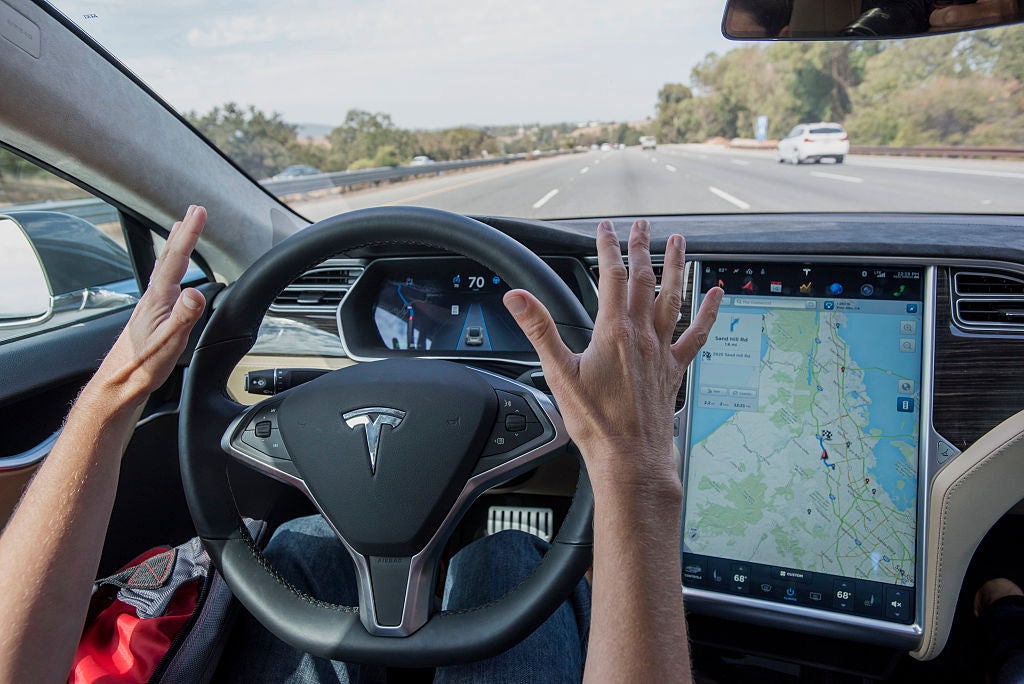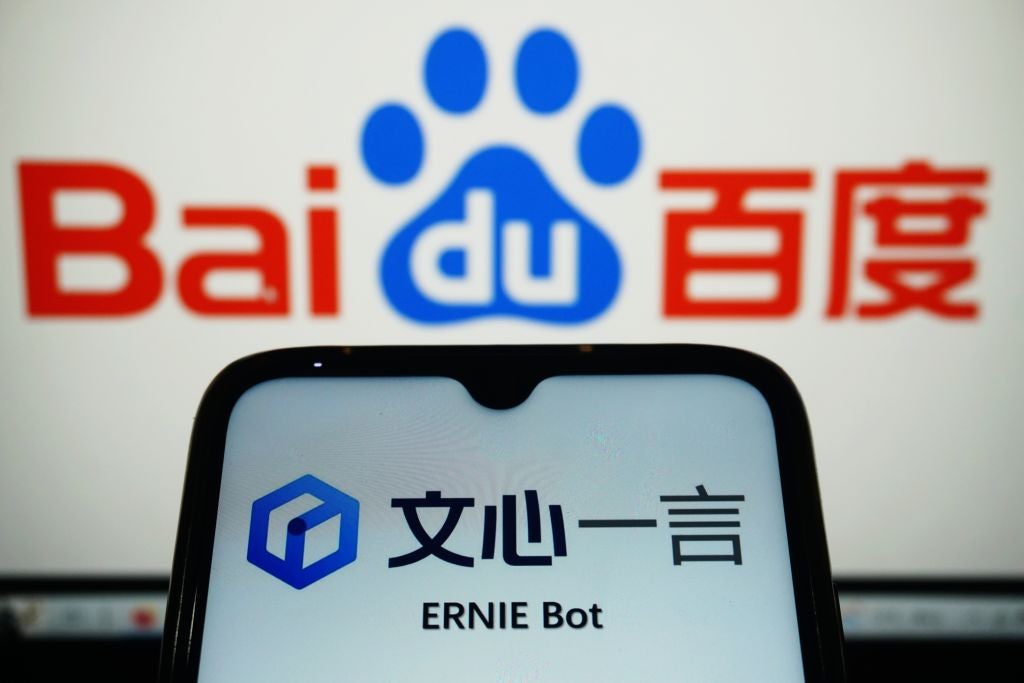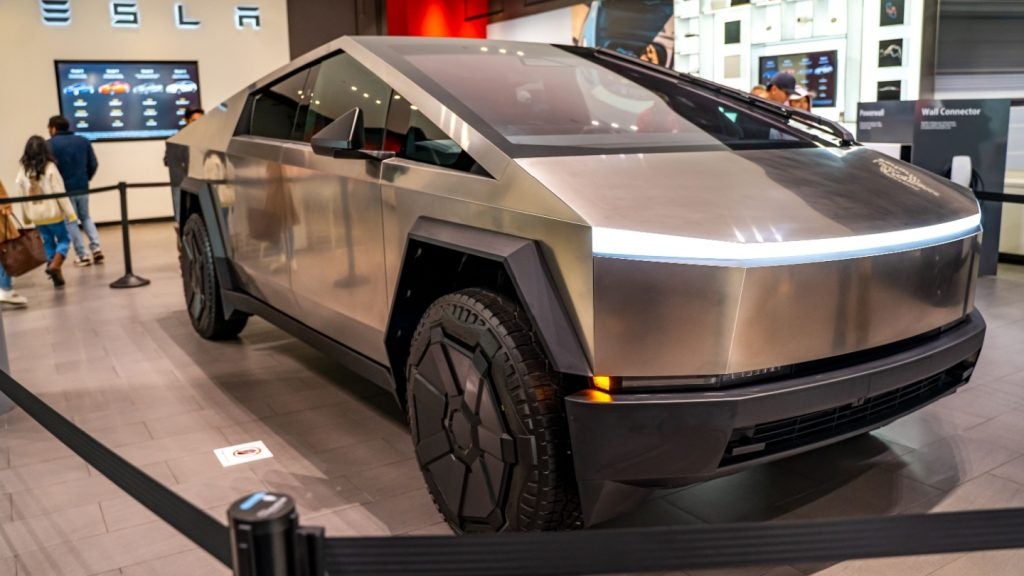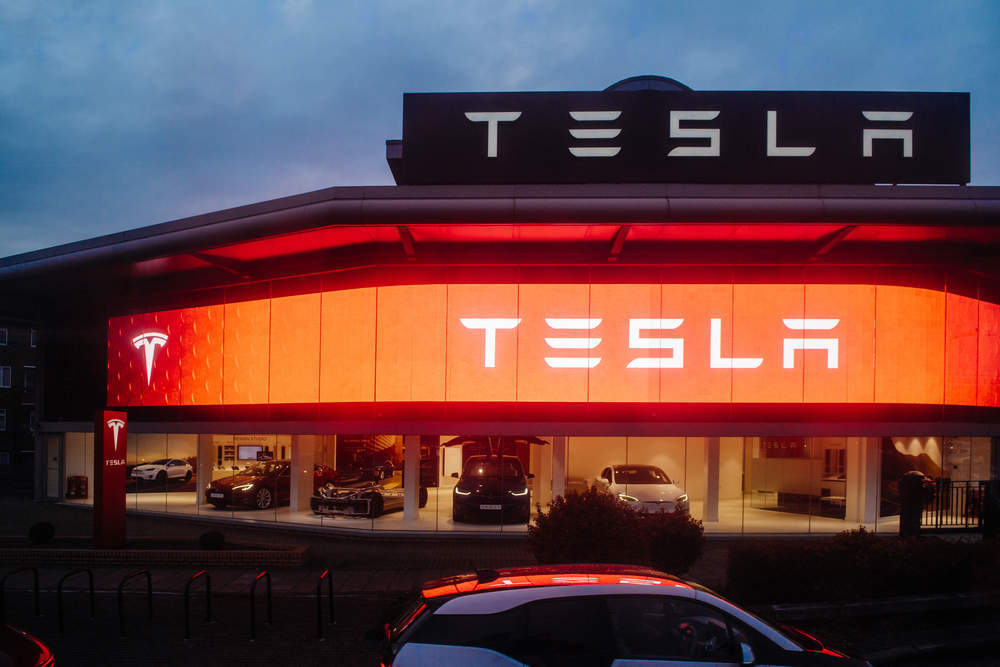
Shares in investor darling Tesla — the US electric car maker led by chief exec Elon Musk — have tumbled as its third quarter financials revealed a burning cash flow problem and production delays, all amid widely publicised employee strife.
Tesla clearly has the potential to change the way we drive, but investors are beginning to lose patience with the company.

While quarterly revenue of $3bn and year-to-date revenue of $8.5bn were both up on the previous year by three percent and 79.6 percent respectively, the gross profit margin of 18.3 percent fell both compared to the previous year (29.4 percent) and quarter (27.9 percent), and the net loss ballooned to $1.5bn.
Tesla spent more money in the third quarter than it ever had previously, burning $1.4bn billion — roughly $16m per day.
Investors were also told capital expenditure was expected to be approximately $1bn in the final quarter of 2017.
How well do you really know your competitors?
Access the most comprehensive Company Profiles on the market, powered by GlobalData. Save hours of research. Gain competitive edge.

Thank you!
Your download email will arrive shortly
Not ready to buy yet? Download a free sample
We are confident about the unique quality of our Company Profiles. However, we want you to make the most beneficial decision for your business, so we offer a free sample that you can download by submitting the below form
By GlobalDataWorse, production targets have been delayed.
Tesla delivered 26,000 of its Model S and Model X, and just 222 of its new Model 3.
While this hit a milestone of 250,000 cars produced the company is facing a production bottleneck.
Model S and Model X deliveries combined grew four percent against the same quarter last year but it now expects to hit a production rate of 5,000 Model 3s not by December 2017 as initially predicted, but late in the first quarter of 2018.
Musk didn’t say when they would hit 10,000 a week — something he said in August the company would hit at “some point in 2018”.
Tesla (and Elon Musk) have overcome the odds before
Musk is typically defiant, and Tesla has faced delays and setbacks previously.
In attempts to meet production targets for the Model X, the company’s sports utility vehicle, several of its deadlines were pushed back and there was also employee unrest, with workplace injuries well above the automotive industry average.
Musk has taken to his social media channels to show him leading from the front to deliver on the projects, and has taken further steps than usual in a bid to reassure investors.
Suppliers blamed for production bottlenecks
Tesla has pointed the finger of blame at production bottlenecks and problems at its so-called Gigafactory in Nevada, where the company produces its lithium ion batteries.
It said a supplier had “dropped the ball”, forcing Tesla to rewrite all the software for part of the battery production system.
The company also faced employee discontent, as a reported 700 people were fired, with lawsuits being brought by the United Auto Workers union on the workers’ behalf, as well as another alleging a toxic working environment.
All of this comes as well as the company is expected to announce its entry the truck market, with an electric semi tractor-trailer expected to be announced later this month.



